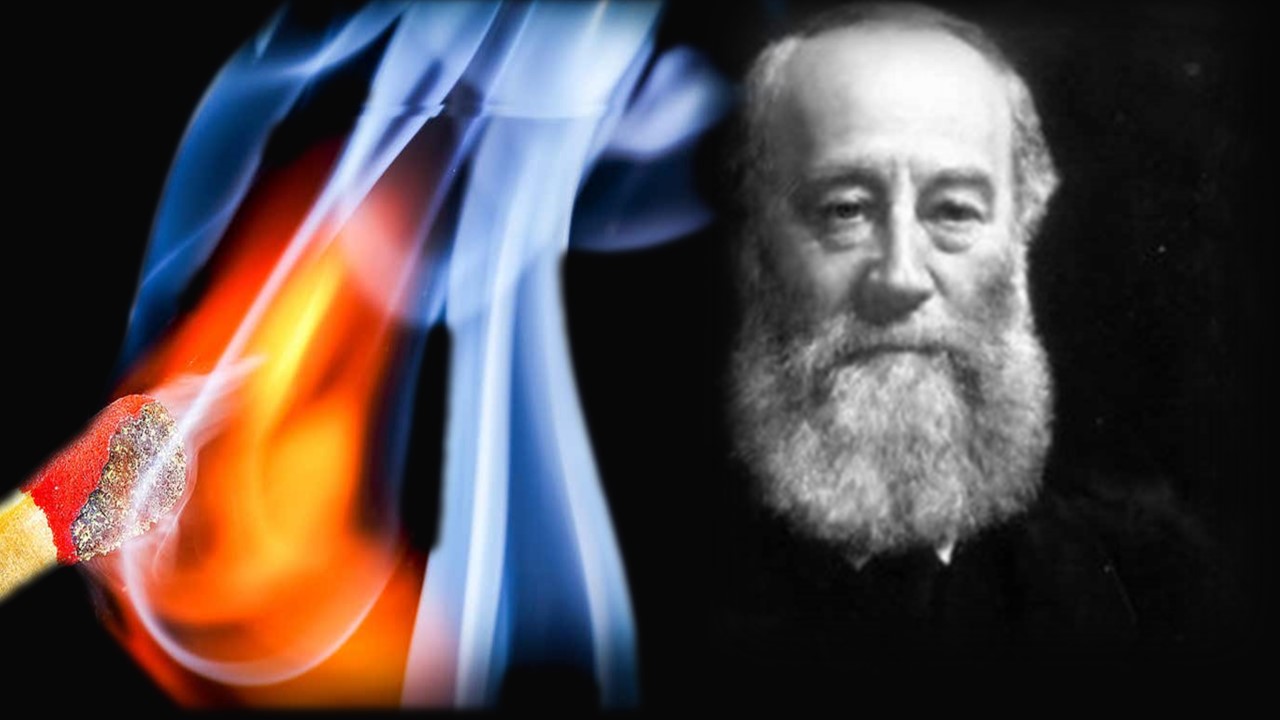
Doctor Abdus Salam is the first and only Pakistani, so far, to receive a Nobel Prize in physics. He is also well known for the development of science and technology in his country.
For example: Salam was an advisor to the Ministry of Science in Pakistan from 1960 to 1974. He was the founding director of the Space and Upper Atmosphere Research Commission (SUPARCO).
Salam also played a key role in Pakistan's development of nuclear energy and contributed to the development of their atomic bomb project in 1972. Thus, he was often called the Scientific Father of Pakistan.
However, in 1974, Salam departed from his country, in protest, after the Parliament of Pakistan passed a bill declaring the members of Ahmadiya Muslim community, to which he belonged, non-Muslims.
In 1979, he won the Nobel Prize for physics alongside Sheldon Lee Glashow and Steven Weinberg, for the electroweak unification theory. Thus, after this extraordinary accomplishment, he once again became his nation's hero.
Salam continued to stay in England until his death in 1996. But, his dying wish was to be buried in his beloved nation. It was fulfilled and approximately 30,000 people attended his funeral prayers in Pakistan.
Work
In 1951, he obtained a PhD degree from the Cavendish Laboratory at Cambridge. His doctoral thesis earned him not only popularity and reputation but also an Adams Prize.
Salam then worked on the unification of electromagnetic and weak forces (from 1959 onwards) with Glashow and Weinberg.
In 1966, he proposed a hypothetical particle, when he showed the possible interaction between magnetic monopole and C-violation. He thus formulated the "magnetic photon".
In 1972, he collaborated with Indian-American physicist Jogesh Pati. They developed a theory of everything (GUT) known as the Pati–Salam model.




















 Physics, astronomy and science history blog for students
Physics, astronomy and science history blog for students